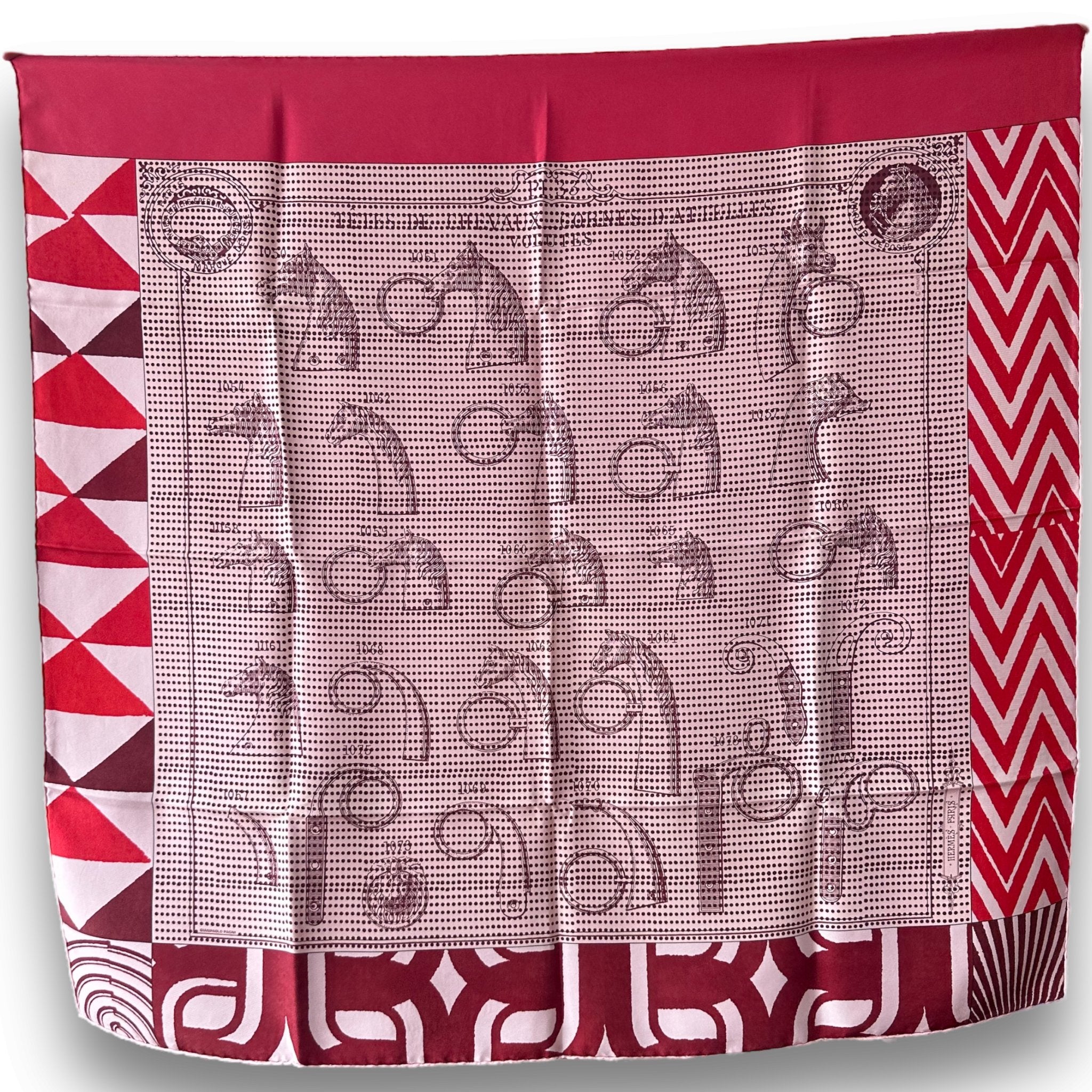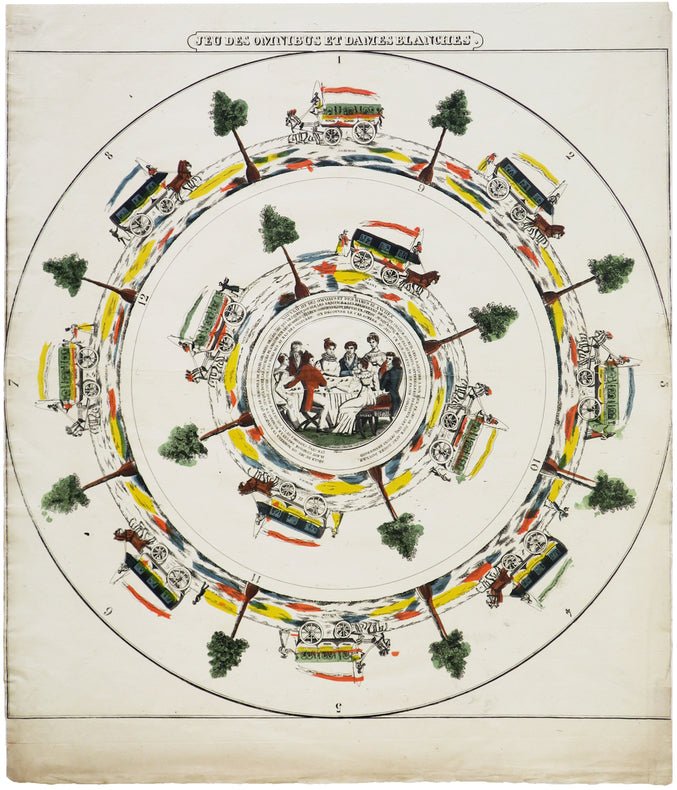
Game of Omnibuses and White Checkers. : The origin of the Game
Le Jeu des Omnibus et Dames Blanches is a very rare game published in 1832, which is not, as it is too often indicated, a game of course, in the style of the game of the Goose, but in reality a game "bets" or "bets" or "lottery", and which can be similar to the game of roulette in the casino. Very fashionable in 1827 (year of its creation), this game was played with 12 numbered wooden balls which were taken out of a bag and which gave the winner the number taken out, which then collected the bets previously placed on the various public cars .
This game pays tribute to the two omnibus companies created in Paris in 1828, the Entreprise Générale des Omnibuses and the Entreprise Générale des Dames Blanches. Omnibuses (from the Latin omnibus, meaning "for all"), were horse-drawn vehicles that provided a regular public transport service. In France, omnibuses were born in Nantes at the beginning of the 19th century, when Étienne Bureau, the grandson of a shipowner, imagined a vehicle to transport his employees between the company's offices, located in the center, rue Jean- Jacques Rousseau, and the Salorges warehouses where the Customs services are located. In 1826, Stanislas Baudry, another Nantes businessman, set up the same service to transport his customers from the city center to rue de Richebourg, where there were public baths that he had created as an annex to a flour mill. The service is initially free but he realizes that people use this means of transport for their personal journeys. He then instituted paid access and created a specific urban transport company called "La Dame Blanche", inspired by the success of Boëldieu's comic opera created a few months earlier. He thus founded the first French omnibus service of the contemporary era. In 1828, he decided to create the same service in Paris, with the Entreprise Générale des Omnibuses and the Entreprise Générale des Dames Blanches.
The game is made up of three circles. The first circle in the center shows a scene with players, circled by the rules of the game, the last sentence of which is "A good player never gets angry". The other two circles are decorated with the cars of the two companies, with their names: Jenny, Pauline, Honora, Victoire, then Joséphine, Sarra, Julie, Lucie, Rosalie, Betzi, Gabrielle and Clarisse.
In 1937, Hermès paid tribute to these two companies by choosing this game as the model for its very first square in silk twill.
Source :
Grand-Carteret, Stationery & papermakers of the old days , 1913, BNF Gallica
https://gallica.bnf.fr/ark:/12148/bpt6k5038747.r=grand+carteret.langFRJohn
Discover the world of Hermès scarves
CARRÉMENT HERMÈS !
Histoires, inspirations et secrets autour des foulards Hermès

Qui n'a pas son "Brides de gala" ?
Découvrez l'histoire fascinante du carré "Brides de Gala" d'Hermès, créé en 1957 par Hugo Grygkar, et comment ce motif emblématique continue de se réinventer depuis près de 70 ans.
Read more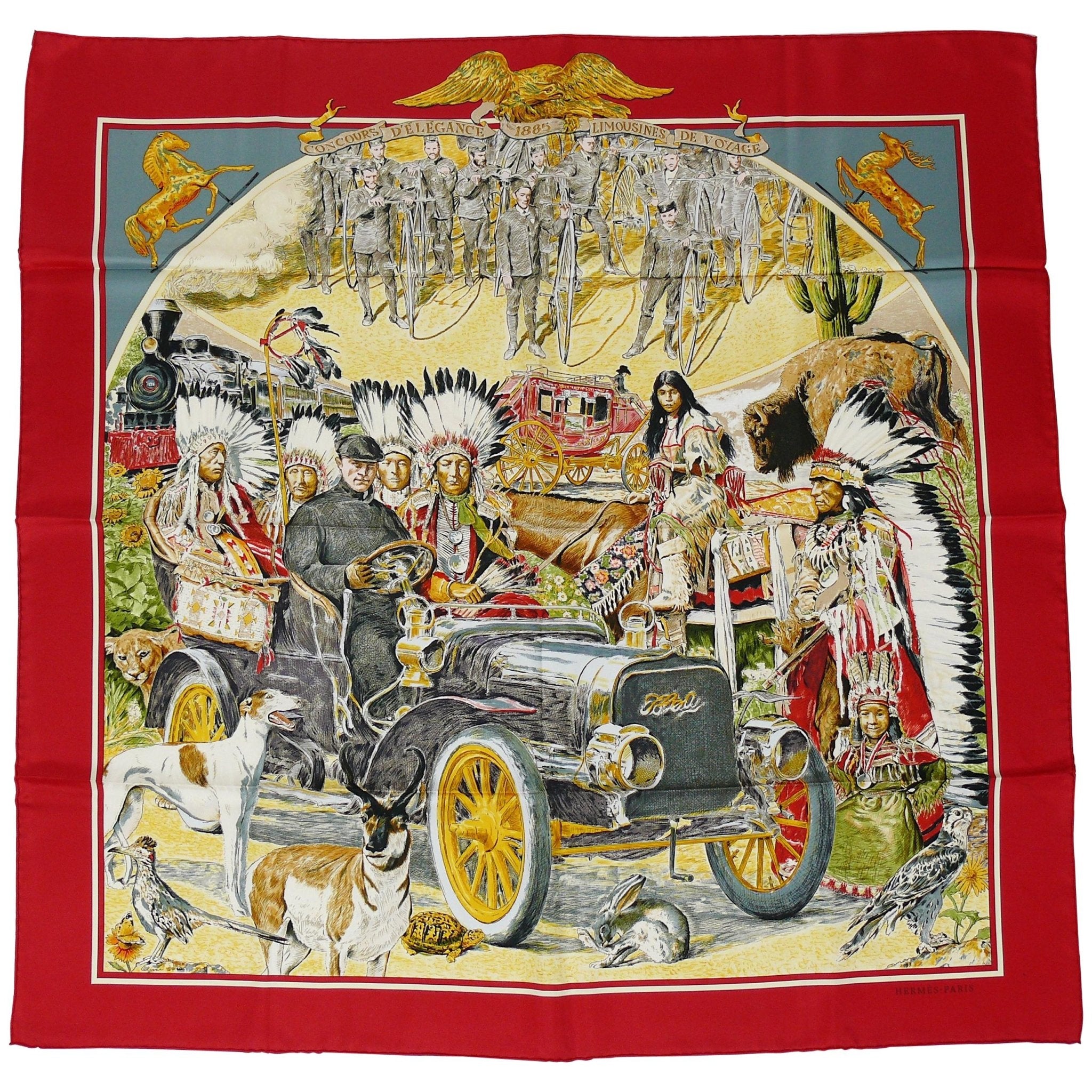
Plongez dans l'histoire riche et fascinante des Concours d'Élégance à la Française, une tradition prestigieuse qui remonte au XVIIe siècle.
Read more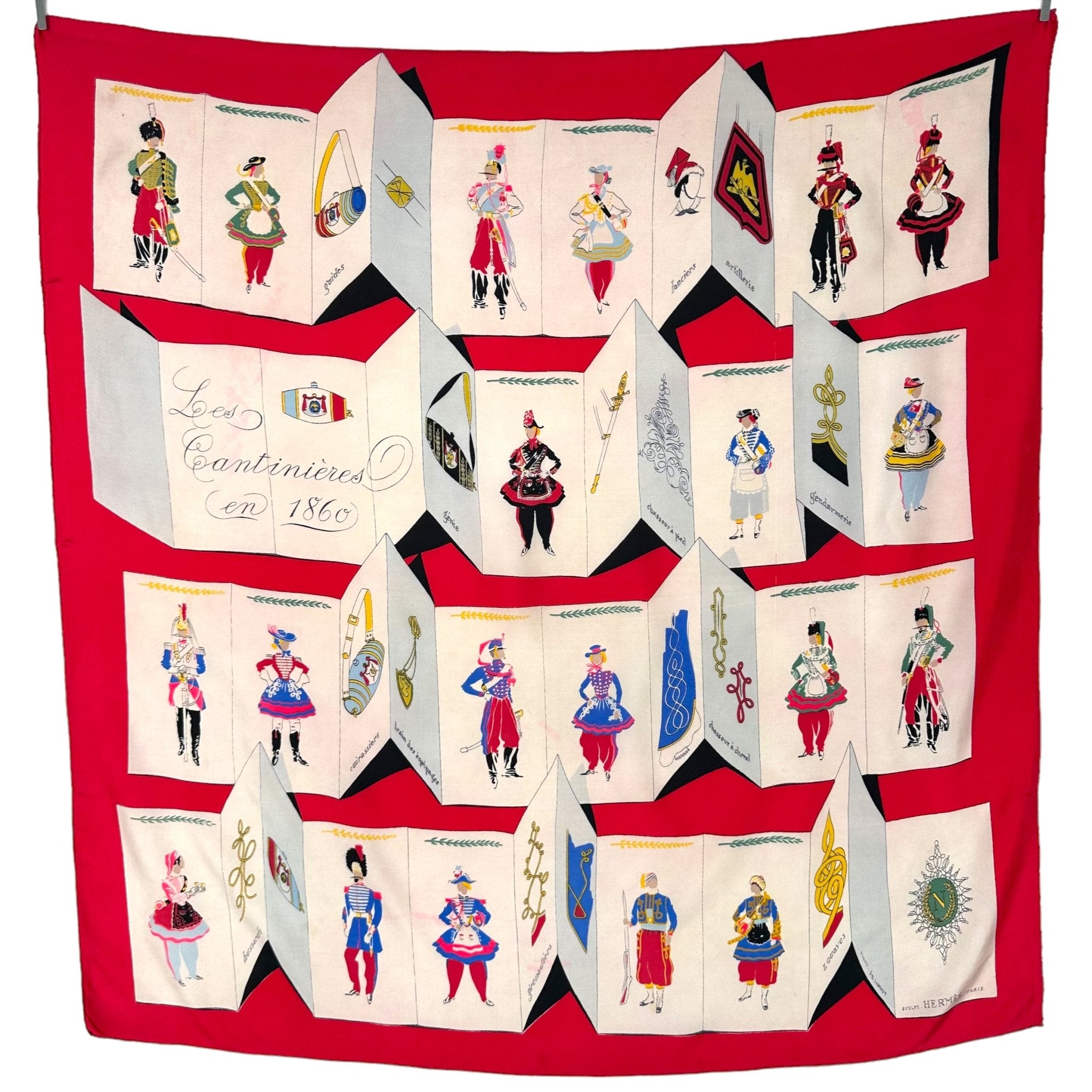
Collectionner les foulards Hermès : "Les cantinières en 1860" - 1953
Pour dessiner ce Carré Hermès qui date de 1953, J.B. Jannot s’est très certainement inspiré d’une collection de gravures colorées de 1859 réalisée par l'artiste français Hippolyte Lalaisse..
Read more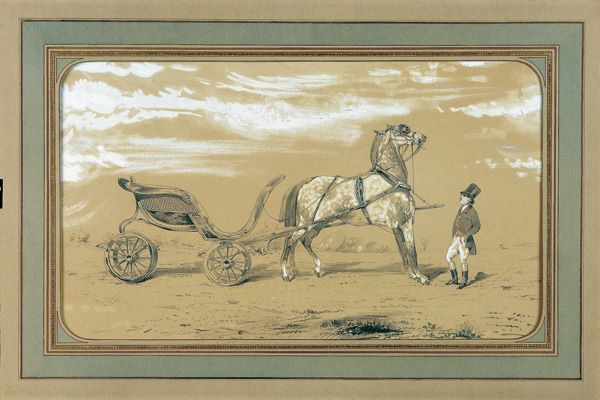
The Duke Attelé by Alfred de Dreux - History of the Hermès logo
History of the Hermès logo
Read more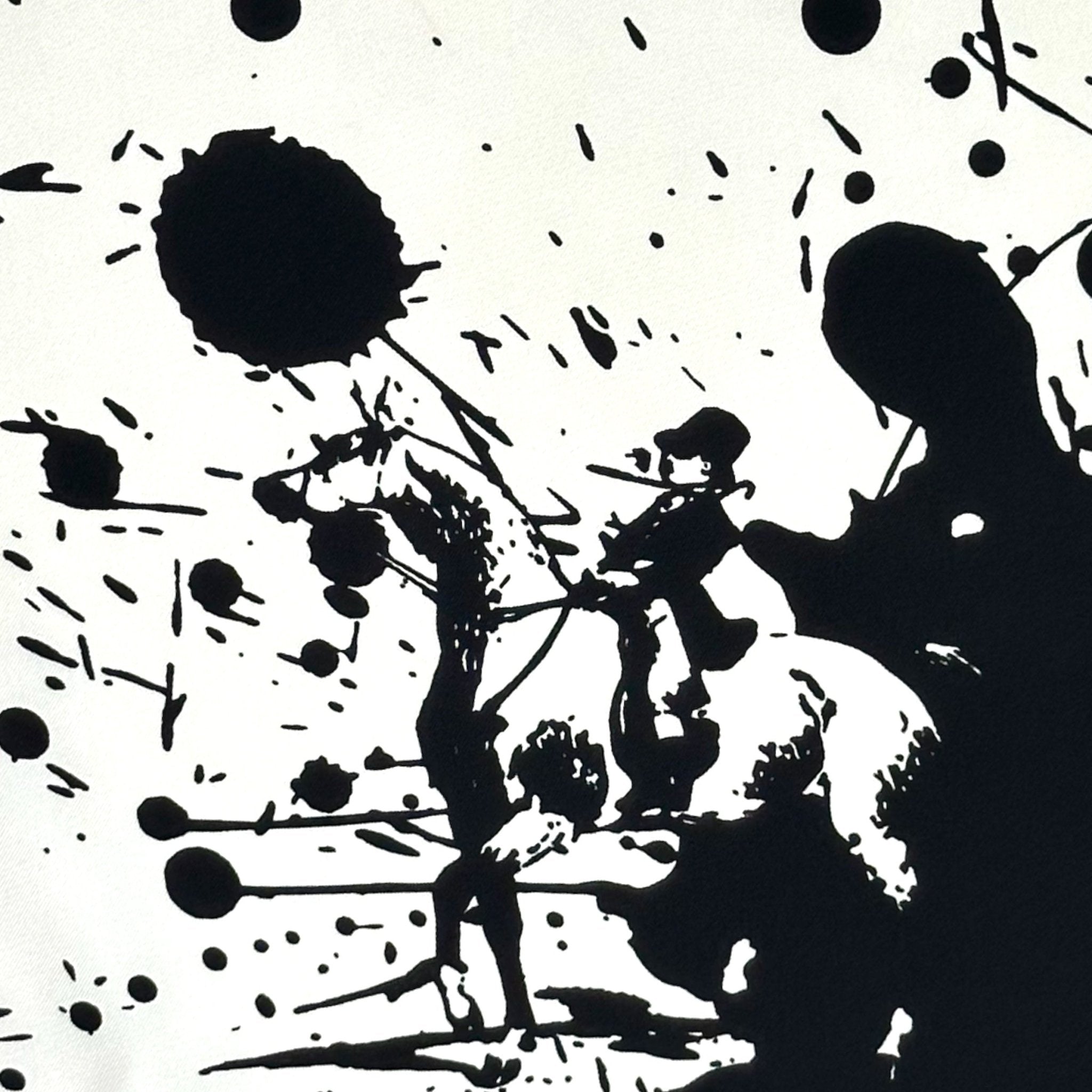
Surprise Horse drawn by Dimitri Rybaltchenko: A game of hide and seek in the carousel
Cheval Surprise , a Carré Hermès which perfectly illustrates the fantasy and humor of Dimitri Rybaltchenko .
Read more